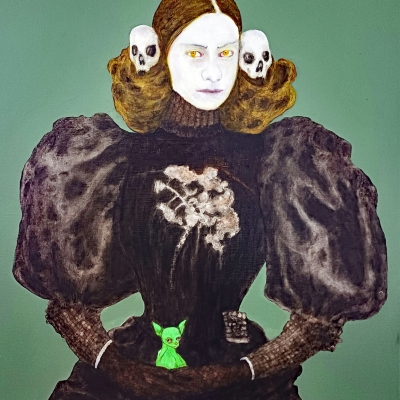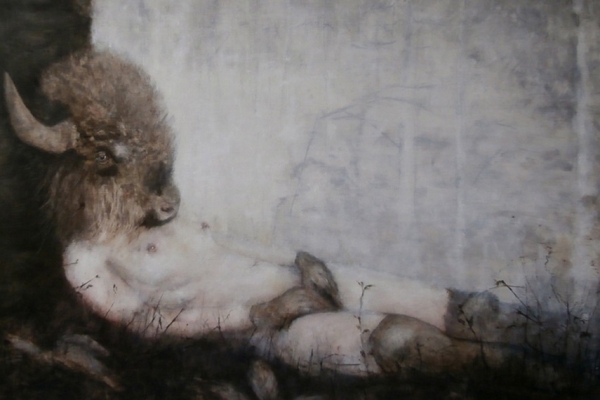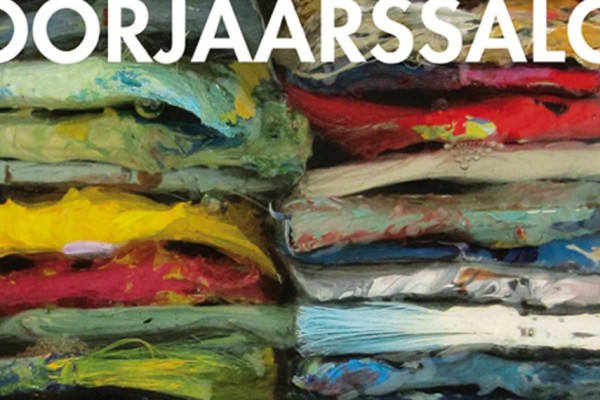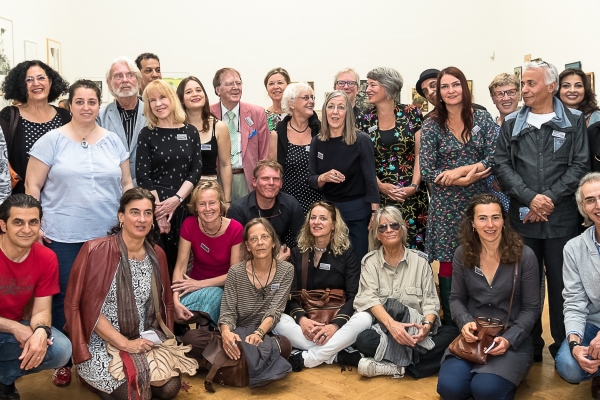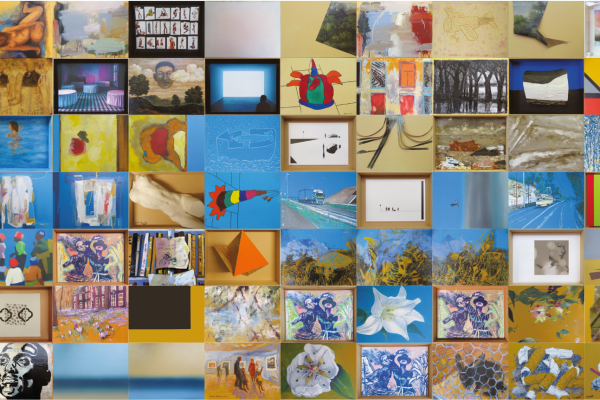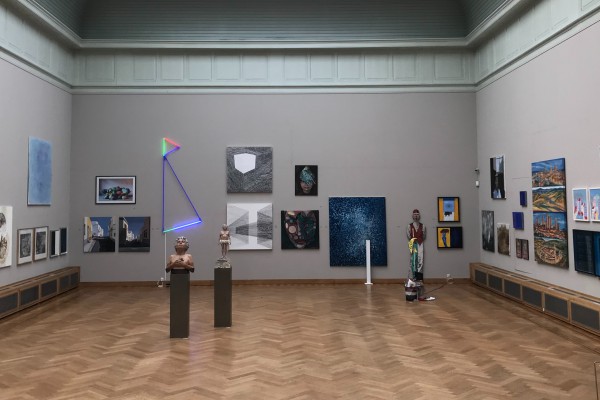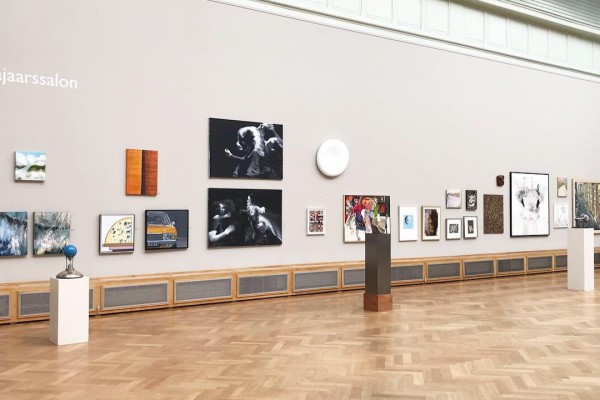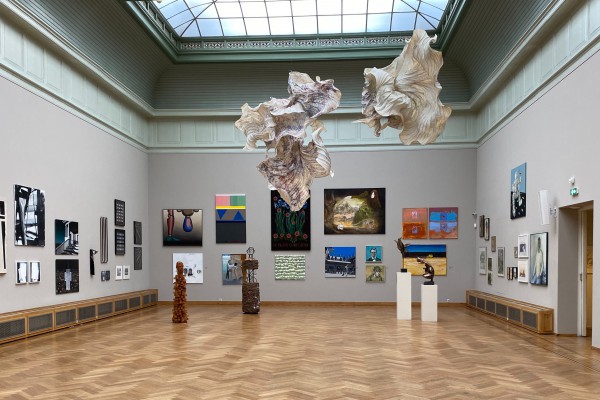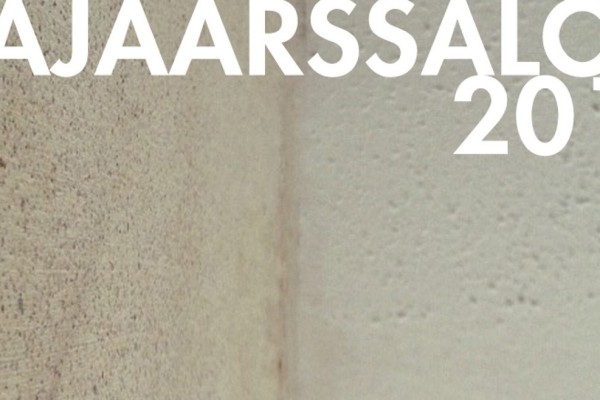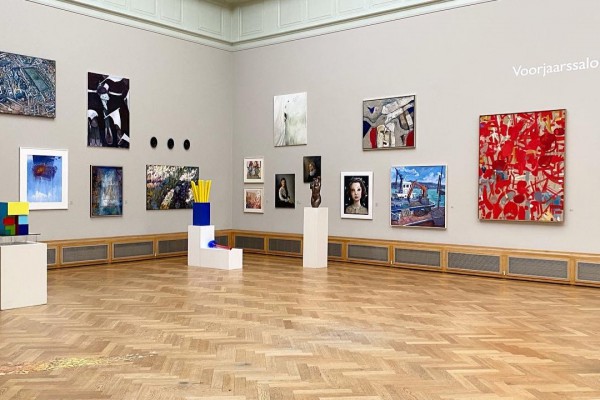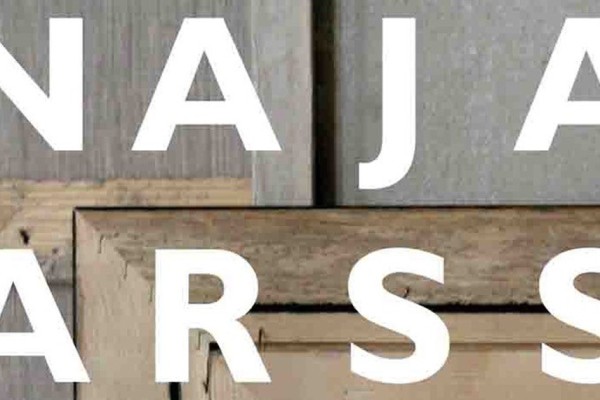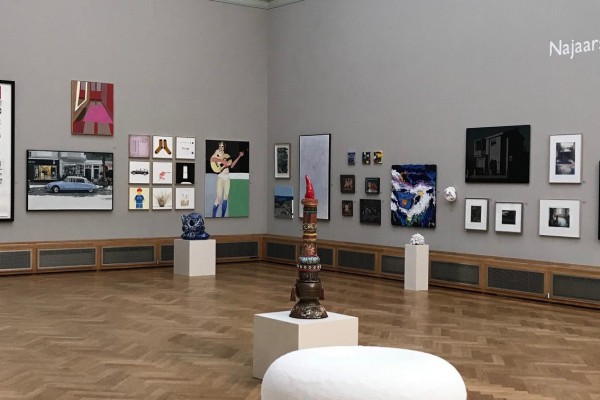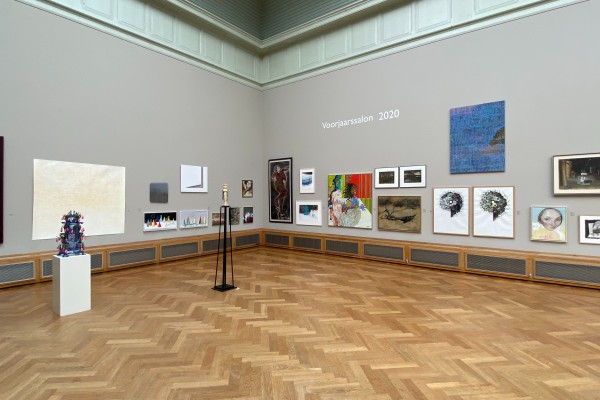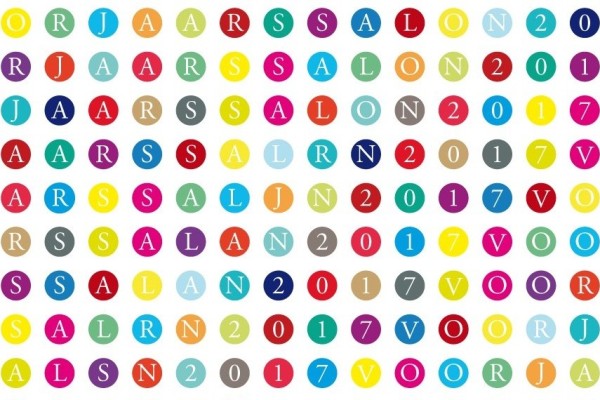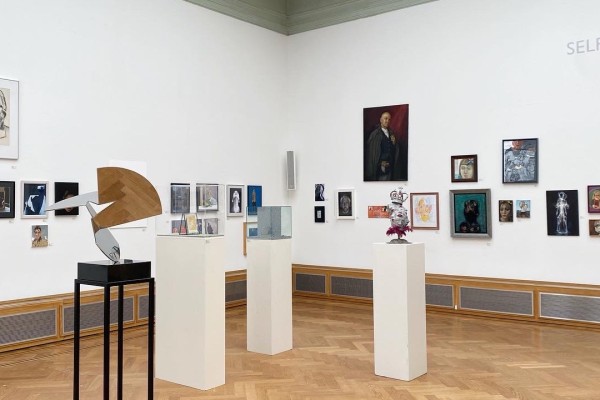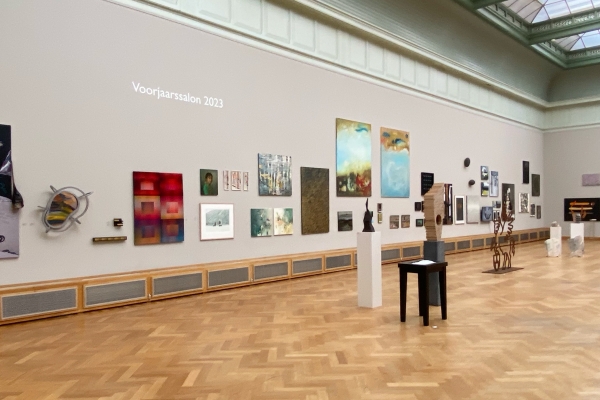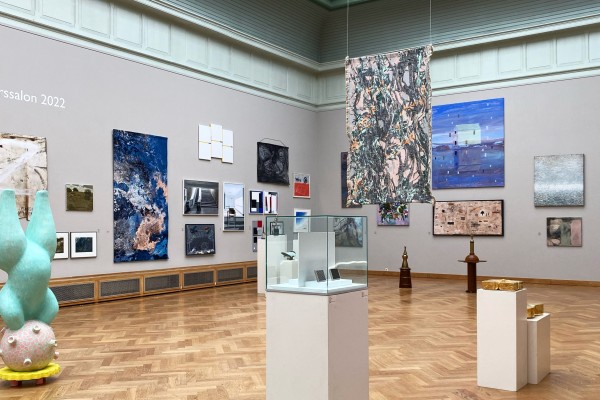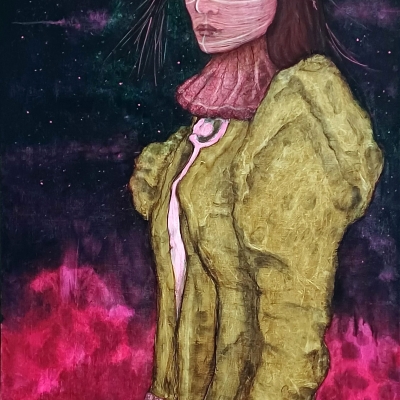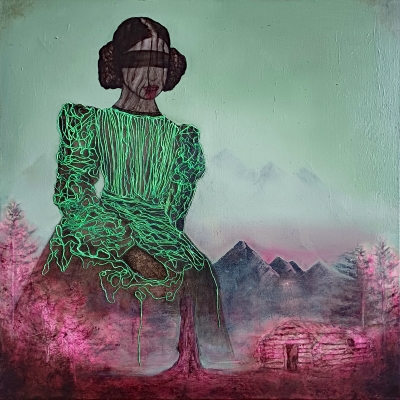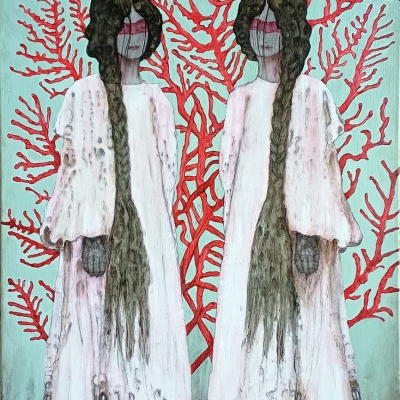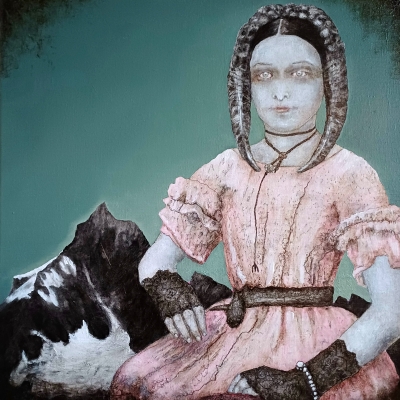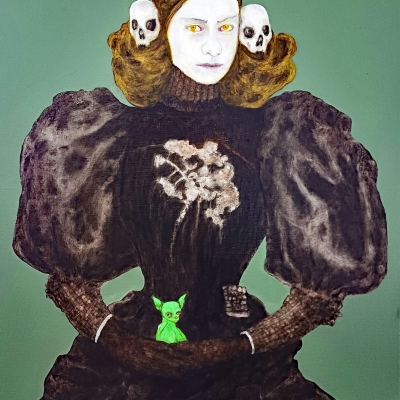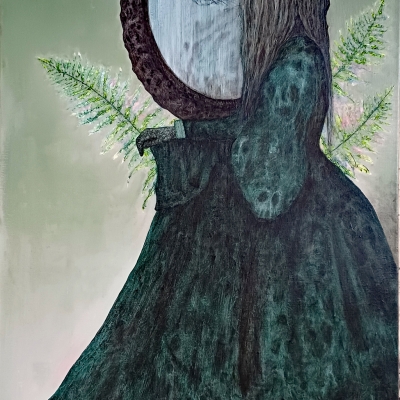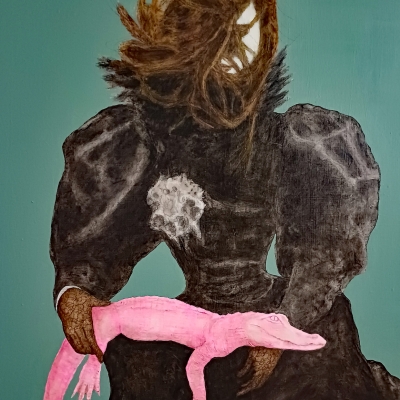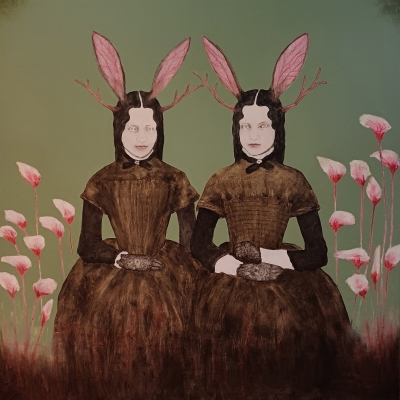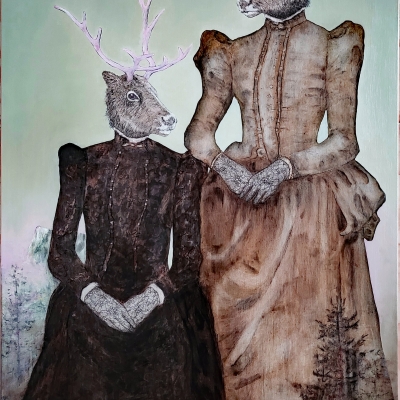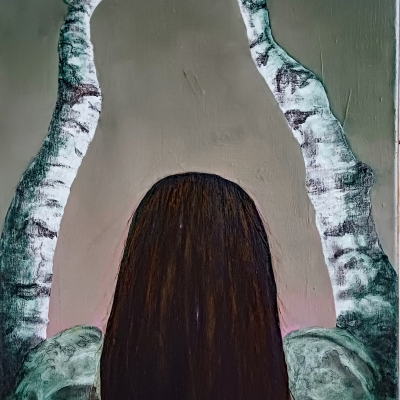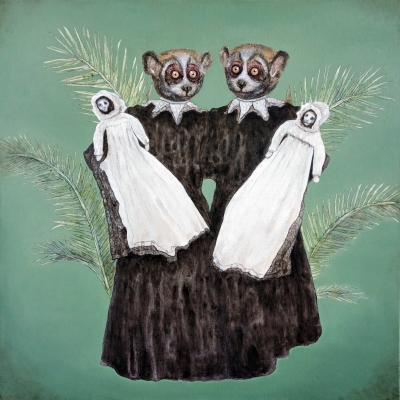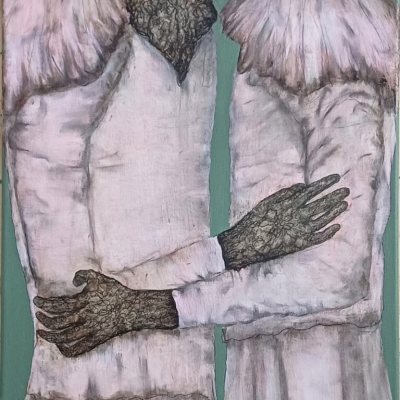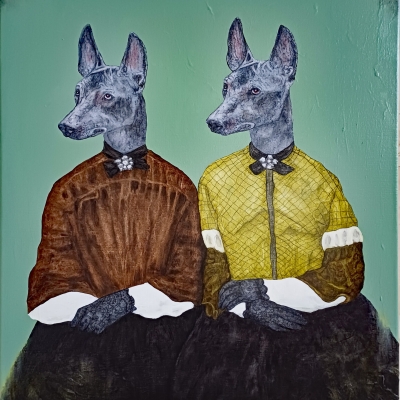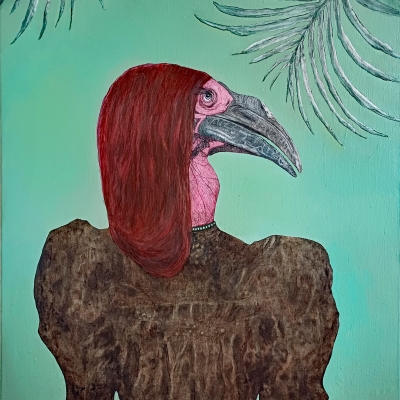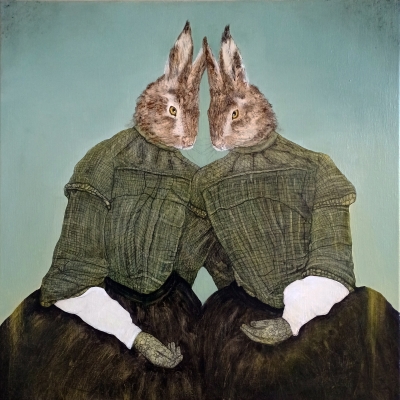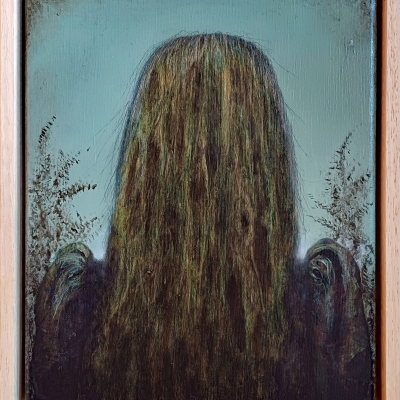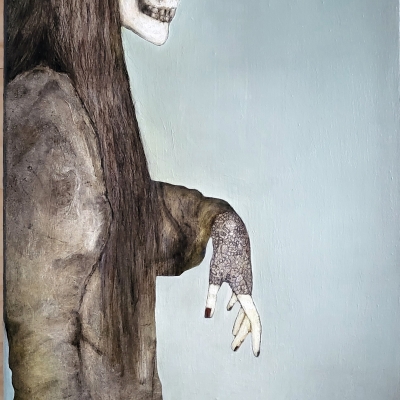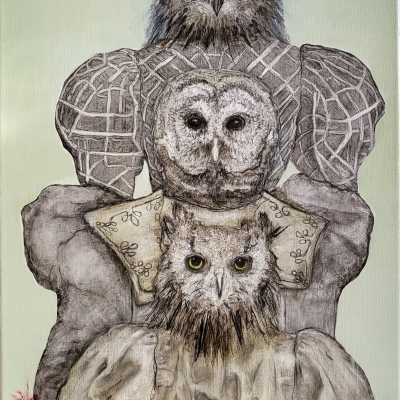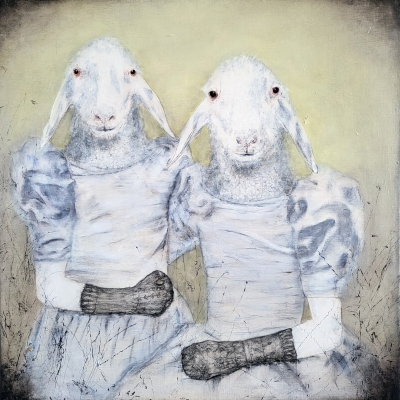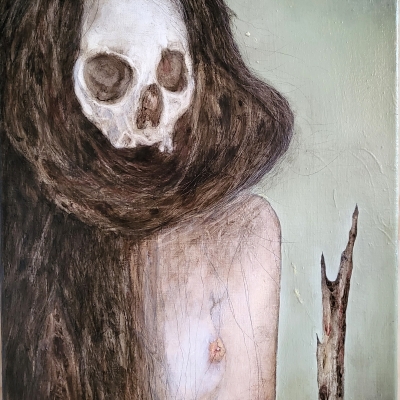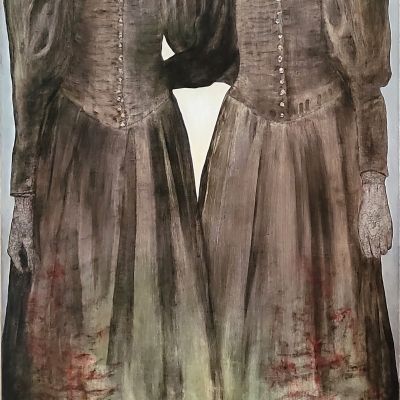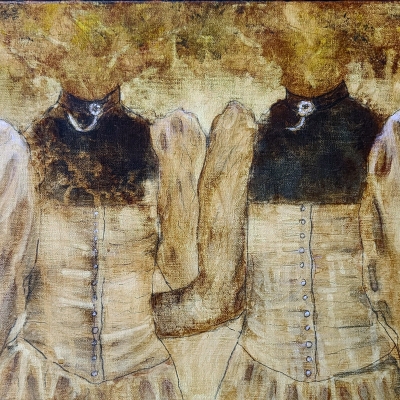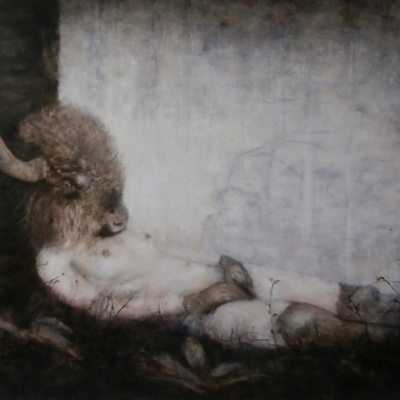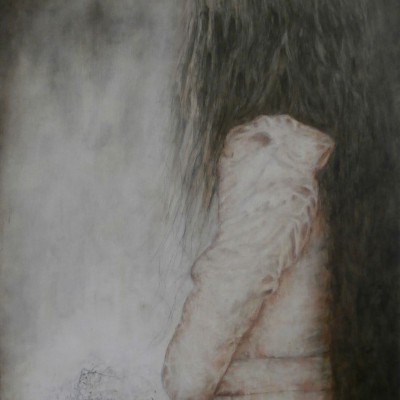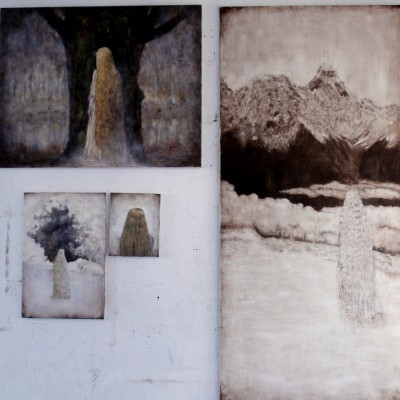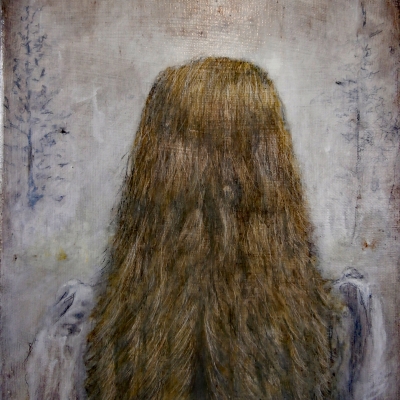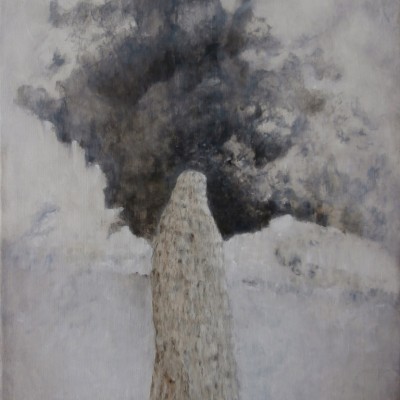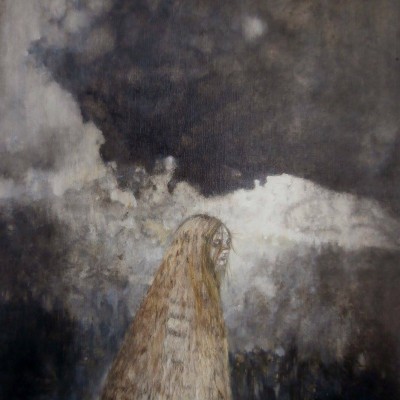Marie Louise Elshout
Marie Louise Elshout (Delft, 1967)
Marie Louise Elshout's werk onderscheidt zich door een dynamische combinatie van tekenen en schilderen, zij toont in haar doeken de ambivalente machtsverhouding tussen mens en dier. Ze positioneert haar hybride wezens in een historische 19e-eeuwse setting, geïnspireerd door Daguerreotype-fotografie. In de minutieus vervaardigde werken ligt de nadruk niet op de menselijke eigenschappen van dieren maar eerder in de folklore van de mens, de duistere kant van de tradities en rituelen. Haar werk is een uitnodiging om te delen in haar fascinatie en wellicht meer verbinding te vinden met de natuur.
“Dit is werk dat steeds meer in de tijd komt. Marie-Louise Elshout werkt al jaren aan een consistent oeuvre van tekeningen en schilderingen waarop tere, fragiele figuren verschijnen. Het is vaak beschreven als verwijzend naar het occulte, de nachtkant van het bestaan. Dat geloof ik wel. Maar ik geloof ook dat in die mystieke uitstraling een positieve kant zit. Wanneer de dagelijkse realiteit geen enkele uitweg biedt, opent Elshout de deur voor ons naar een nieuwe, onbekende ruimte. Om te veranderen in een nieuw of ander persoon. Marie-Louise kijkt naar binnen, naar de gevoelswereld en de geheimzinnige oorden van de fantasievolle verbeelding.
Het is bijzonder dat in een tijd waarin de oppervlakkigheid van de social media verwarring sticht tussen wat echt en fake is, Elshout’s figuren zich richten op hun binnenwereld die misschien reëler voelt dan die zich buiten hen bevindt. Haar werk is een uitnodiging om stil te worden, en af te durven dalen in het diepst van je gevoelens en gedachten. Haar figuren doen het vaak al voor. Ze trekken zich terug achter hun lange haar, kijken je zelden aan. Hurricane – zo zijn veel tekeningen genoemd – woelt die achter de gesloten ogen?”
Mariette Dölle, directeur Nieuwe Kerk Amsterdam, 2022.
'Painting, to Marie Louise Elshout, comes closest to her other passions: nature and romanticism. What truly fascinates her, are the ambivalent (read: love/hate, tender/cruel) relationships between human beings and animals, adults and children, leaders and followers. In her paintings she tries to emphasize on taboos that often create cruelty and fear, abuse and loneliness.
Starting point for her paintings are photographs form 19th Century landscapes, mainly set in North America, where pioneers conquered land, fighting and defeating nature. At first sight, they were building a new life, a new future, but Marie Louise wants to show the dark side of this experience.
Without any respect for nature or the local population, these people were acting out of self preservation and their deeds were mainly fueled by self interest. Marie Louise wants to capture these dark aspects of mankind, expressed in meticulously painted works of art.
She feels familiar to artists like P.J. Harvey, Marina Abramovic, Jerzy Kosinski, Ian McEwan, David Lynch and John Steinbeck, all of whom she admires for their force, their purity and their alienating abilities. Without concessions they show, each in his/her own way, neurotic and destructive powers that drive us, human beings, in this life.
Marie Louise’s paintings are of an extreme beauty, beautiful messages of pain and painful messages of beauty, the viewer is divided between attraction and repulsion.
One needs to be a very strong and determined artist in order to have the courage to mix feelings of aesthetics with those of claustrophobia and fear.'
Manuela Klerkx, Agentschap & Coaching, 2016.
In 2016 Marie Louise Elshout was nominated for the Jacob Hartog Prize, which is given each year at the Pulchri Studio spring Salon.
